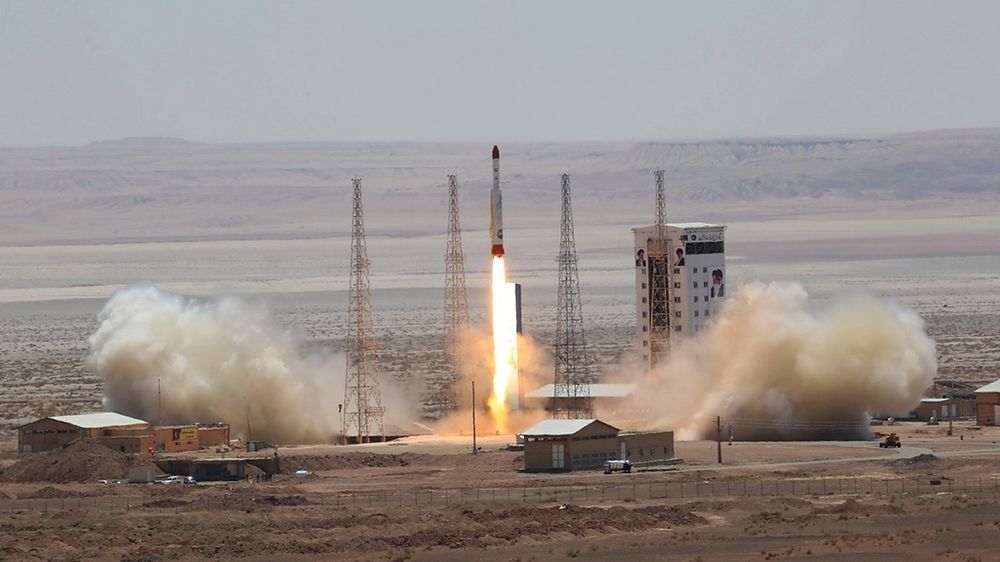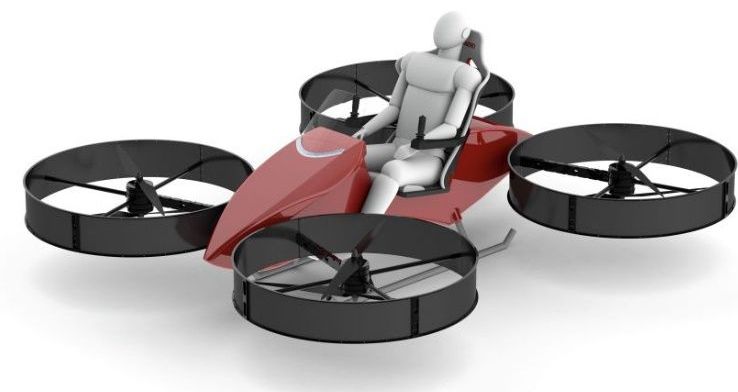A US think tank says North Korea appears to be building facilities that can be used to assemble ballistic missiles near the capital, Pyongyang.
On Tuesday, the Center for Strategic and International Studies published the results of an analysis on a construction site near Pyongyang International Airport. The site was captured in satellite images.
Pictures show three new buildings. The largest one is about 120 meters wide and 40 meters in depth. They all have bay doors, wide enough for large vehicles. The center says one of the buildings may be able to accommodate an intercontinental ballistic missile.






